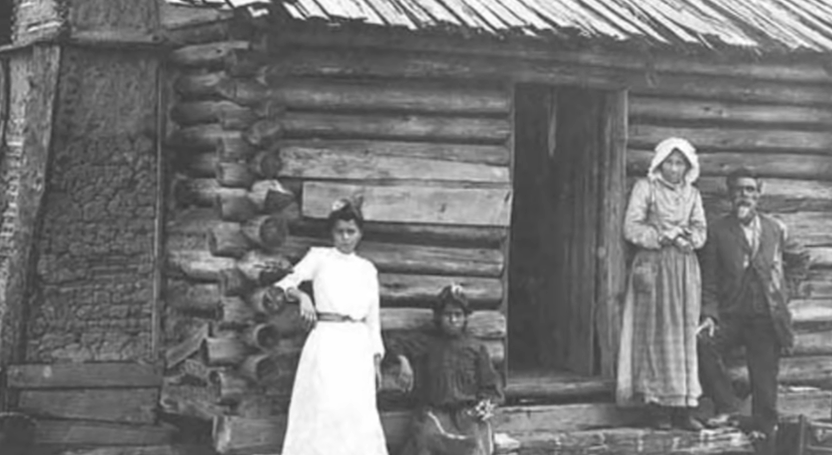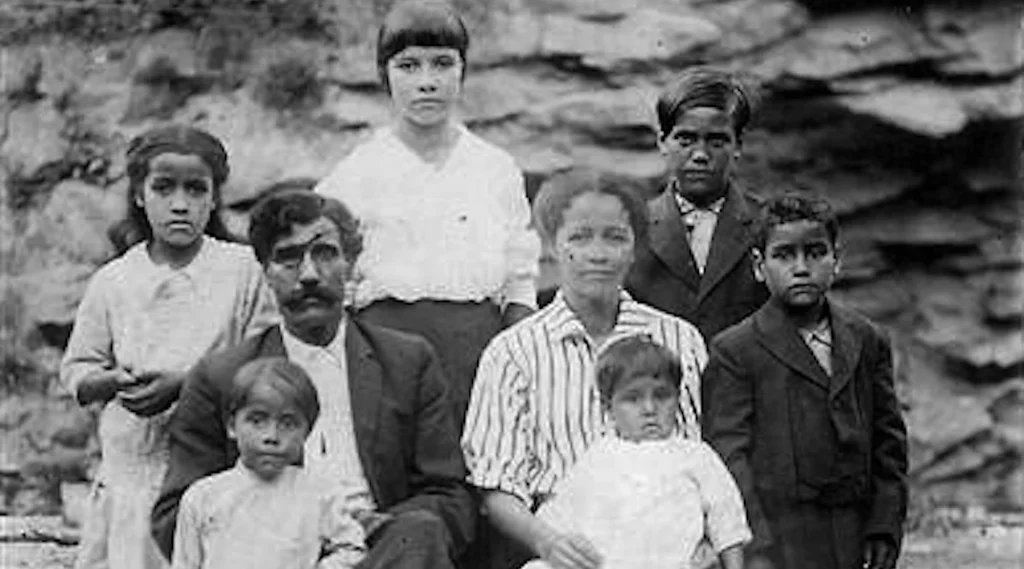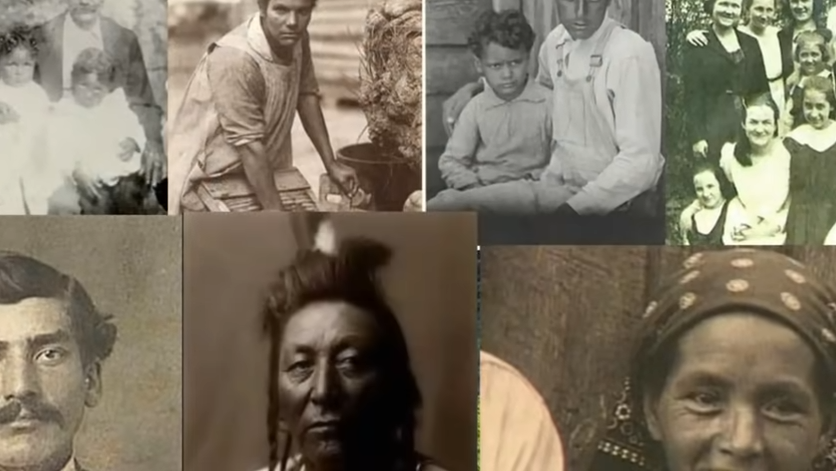The Melungeons: Lost Tribes, Hidden Heritage

Legend has it that in 1654, a group of weary English explorers stumbled upon a sight that defied explanation: a village nestled among the ancient oaks, its log cabins revealing arched windows, yards boasting fenced gardens punctuated by outbuildings. They were shocked: There should not have been any European settlements this far west. Who were these people? Where were the wigwams? The primitive structures? The communal fires?
Shock turned to disbelief when they saw the village’s inhabitants: olive-skinned people possessing features that hinted at European ancestry. The men wore beards. Some had red hair, while others had eyes of striking blue or blue-green hues.
Approaching cautiously, the explorers faced another conundrum that deepened the mystery—the inhabitant’s speech was tinged with the lilting cadences of Elizabethan English. Claiming Portuguese descent and practicing a form of Christianity, they called themselves “Portyghee.” These were not the indigenous peoples the explorers had previously met, nor were they like any other group they had encountered in their travels.
History tells us that these were the Melungeons, a group whose story weaves through the complexities of American history, challenging perceptions and inviting exploration into the depths of their heritage.

Who Are the Melungeons?
Nestled within the hills and hollers of the Blue Ridge Mountains, the Melungeons are not just a community; they are an integral part of the mosaic of Appalachia. The Melungeons have left an indelible mark on the region’s folklore, music, and oral traditions in the Blue Ridge Mountains, where isolation has fostered resilience and tradition.
Folklore and myths have shaped and obscured perceptions of the Melungeons, painting them as exotic, mysterious. One prevalent folk tale suggests that the Melungeons are descendants of a lost tribe or group of European explorers; others claim connections with ancient civilizations. These tales often blend historical accounts with myth and legend, creating a tapestry of narratives that reflect the complex heritage of the Melungeons.
Melungeon Mashup
The origins of the Melungeons have long been a subject of debate and fascination, drawing historians, genealogists, and anthropologists into a quest for understanding. Within the folds of their lineage lies a mashup of ancestries—European, African, and Native American—all converging to create a tapestry of diversity. Yet, it is not just the genetic markers that tell their story; it’s the tales passed down through generations that add layers to their mystique.
Yet, beyond the sensationalized tales lies a community reclaiming its narrative, challenging misconceptions, and asserting its place in history.
Their narrative is not without hardship. Like many Appalachian residents, the Melungeons have faced economic struggles and social isolation, compounded by discrimination and marginalization. But through it all, they have persevered, their resilience shining amidst adversity.

What Does DNA Say?
In the modern era, DNA analysis and linguistics advancements offer new insights into the Melungeon lineage, verifying rumors of heritage that have endured for generations. Sub-Saharan African, European, and Indigenous American markers intertwine, painting a portrait of a tri-racial, isolated community whose identity defies simplistic categorization.
The name “Melungeon” echoes the group’s complex heritage, with interpretations ranging from the French “mélange” to suggestions of African or Native American origins. Like a mirror reflecting their complex identity, the name captures the essence of their existence—a blend of cultures, histories, and stories.
Genetic research has played a pivotal role in this journey, unraveling the tapestry of Melungeon heritage and challenging notions of racial purity. It is a reminder that identity is not static but fluid, shaped by history, culture, and the interconnectedness of human populations.
Preserving the Melungeon Heritage
As we navigate the challenges of the modern world, preserving Melungeon heritage takes on new urgency. In the face of globalization and fading traditions, there is a need to safeguard this unique identity for future generations to ensure that the Melungeons continue to stand as a symbol of resilience, diversity, and the enduring quest for understanding and acceptance.
In unraveling the mysteries of the Melungeons, we are not just uncovering their story; we are confronting our own biases, reevaluating our understanding of identity, and embracing the rich tapestry of human diversity that makes America unique.


Comments are closed.